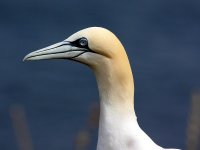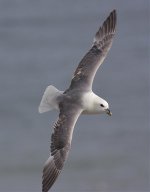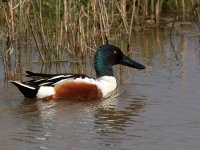tjsimonsen
Well-known member
I have used the 1-4 for 3.5 yr now, take thousands of shoots - and maybe used a tri- or monopod 10 times! Granted, I have got a lot of shitty images too, but I regularily get sharp images @400m and 1/125s. The 1-4 and 40D make a great combo.
Thomas
Thomas








